Surfing, skydiving, skiing… Aussie mates make ultimate adrenaline-rush movie
Two Australian adventurers have spent nine years traveling the world to film a travel documentary with a difference
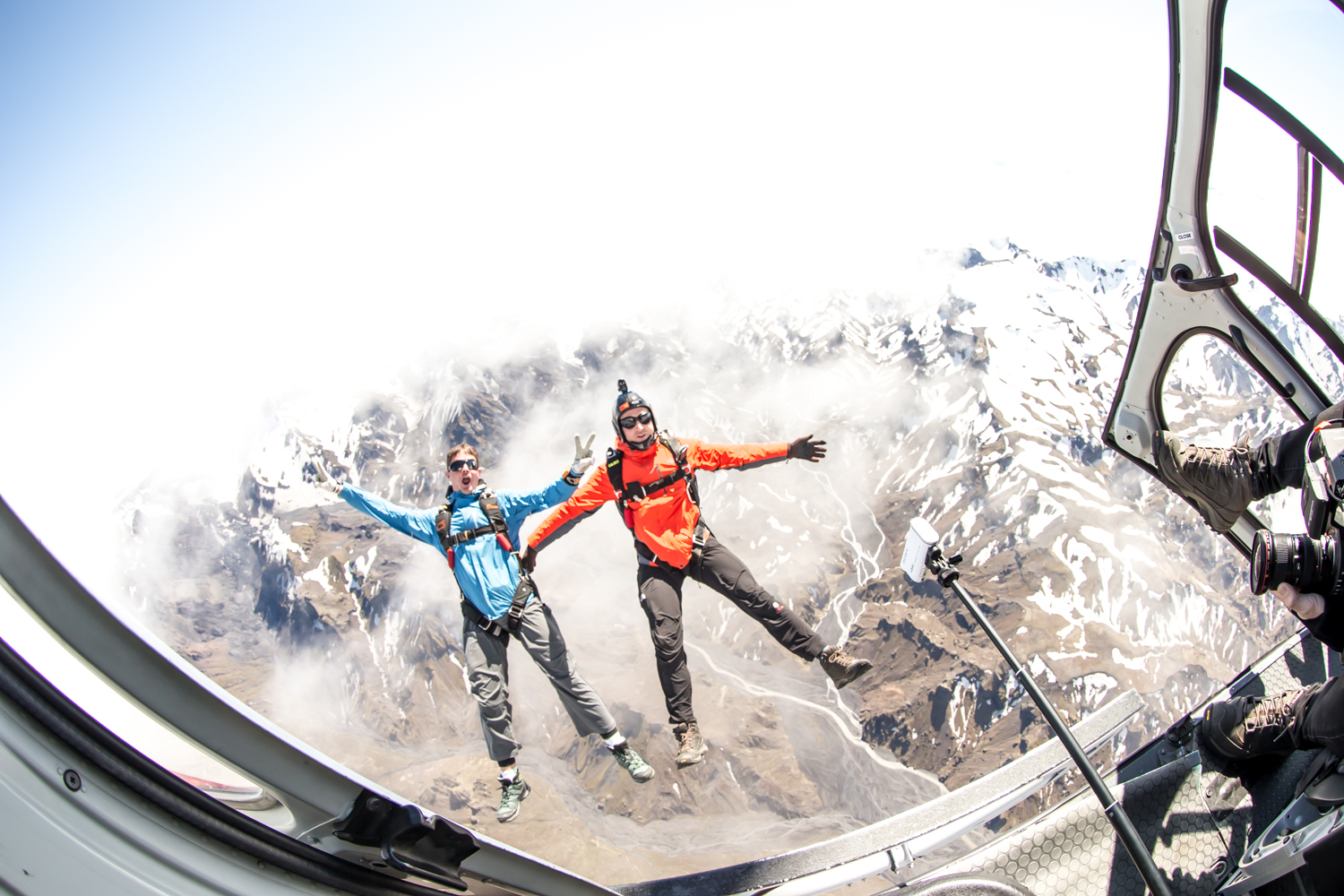
Many of us feel challenged photographically if its starts to rain or there’s a bit of a trek to reach a good location, but what if you had to film yourself jumping out of a helicopter... or free diving in freezing Icelandic waters... or surfing some of the biggest waves in the world?
Long-term friends and adventure filmmakers Blake ‘BT’ Thornton and Matt ‘Gilso’ Gilsenan – a lifeguard and a carpenter in their other lives – have spent the last nine years traveling to extreme locations in Iceland, Alaska, Tahiti, Canada, New Zealand and, of course, Australia to shoot an epic 90-minute documentary they’ve titled Chase That Feeling.
The pair filmed over 300 hours of footage – most of it in challenging conditions of one sort or another – and, in the process, travelled by helicopter, boat, RV, jet ski, surfboards, snowboards, split board, and, at times, with parachutes on their backs. Recording their exploits was a selection of Sony gear – the PXW-FS7 and NEX-FS700R pro video cameras, an Alpha A7S hybrid mirrorless camera, 4K action cams and UHF lapel microphones.
The action cams were fitted to snowboard helmets, skydive wrist mounts, chest mounts, and surfboards to record all the action up close and personal... as if you were right there, experiencing exactly what Blake and Matt were seeing. Their aim is to motivate others through their experiences, and the film is intended to encourage people to get outdoors, be active, and to push their own limits in the pursuit of adventure.
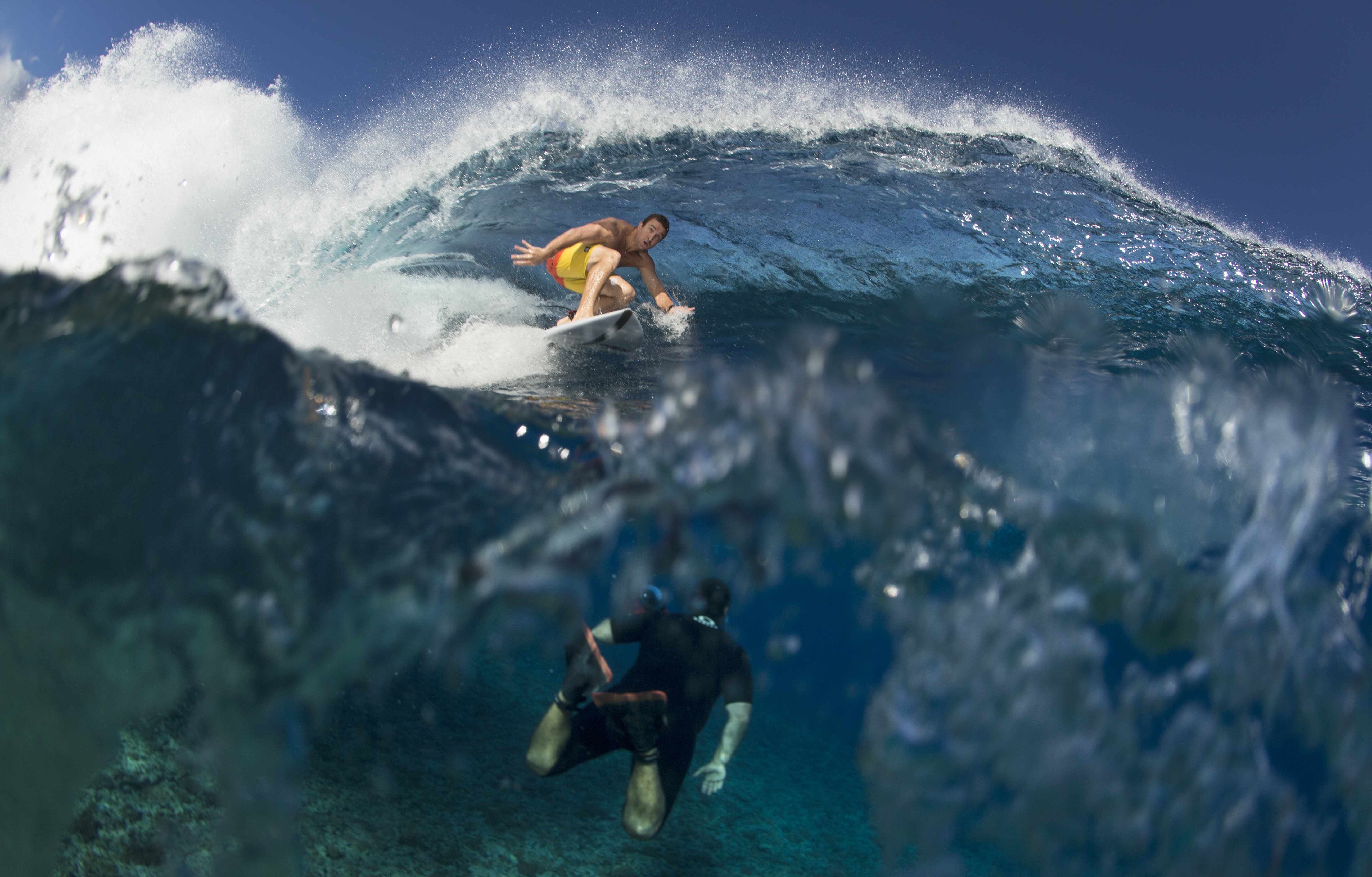
Matt thinks both he and Blake inherited their sense of adventure from their fathers. “Growing up in Sydney was awesome because you’re in the middle of the city, but only two hours south is rugged, untouched bushland and beaches that had endless opportunities for adventures and exploring. It was definitely the best of both worlds. Whether it was mountain biking through the bush, surfing for hours on empty beaches or fishing for dinner, we were always outside from sunrise to sunset.”
Trusting your gut feeling is a really important tool for us. If it doesn’t feel right, we don’t do it.
However, these boyhood activities have grown into extreme exploits with considerably more risks attached to them and the potential for things to go badly wrong.
Blake says, “Knowing and having confidence in your ability, your fitness, and mindset – which comes from years of training and preparation for a specific discipline – are all contributing factors before we even consider partaking in any extreme activity”.
Get the Digital Camera World Newsletter
The best camera deals, reviews, product advice, and unmissable photography news, direct to your inbox!
Matt adds, “Trusting your gut feeling is a really important tool for us. If it doesn’t feel right, we don’t do it. Funnily enough, common sense is extremely valuable in all the sports we partake in. You can really reduce the amount of risk involved by looking at all factors as a whole and breaking them down, assessing them individually: weather conditions, equipment preparation, and current physical ability.”
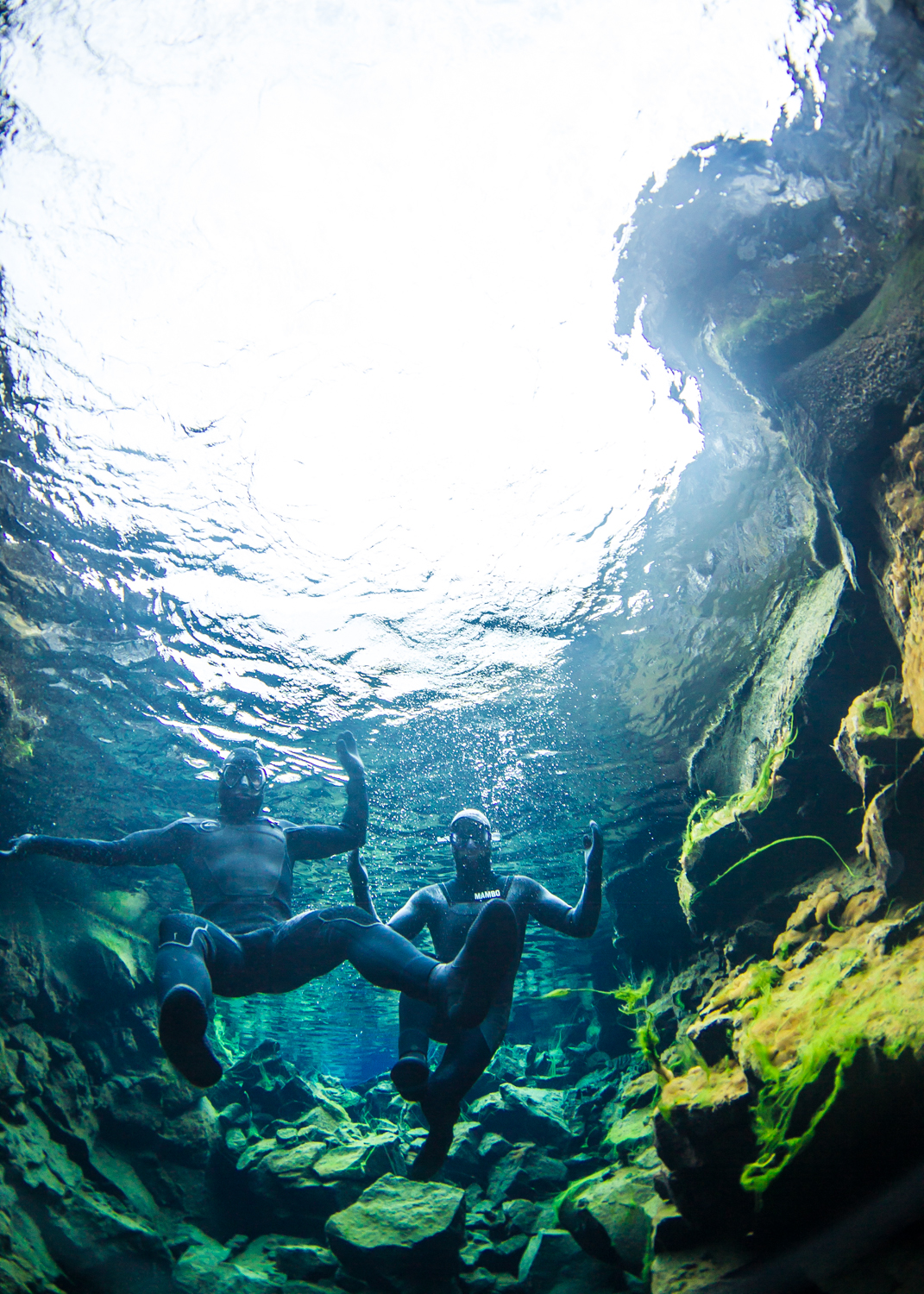
Fear And Excitement
Talking about taking risks, the pair each recall what, for them, was the hairiest things they’ve ever done.
“For me, the scariest thing I’ve ever done,” recalls Matt, “was jump out of a helicopter with a wingsuit on, over a volcano in Iceland. We hired a chopper to take us to 14,000 feet over a glacier field and the volcano. It was the first time I had ever skydived out of a helicopter, so the feeling was completely different to jumping out of a plane. It was an unforgettable experience and definitely the scariest thing I have ever done!”
Blake says, “I’ve found myself in many uncomfortable situations over the years. I think competing in the Cape Fear event in 2016 is one of the more vivid. The waves on this day were the biggest the break at Cape Solander had ever seen. The swell direction was nasty and the volume in each wave was insane. I had a mixture of fear and excitement running through me. I knew the risk, but trusted in my ability and wanted to be a part of this day of surfing as I knew it would go down in history.
Ironically enough, both of these moments were caught on camera and are featured in the movie.”
Video Is The Moving Photo
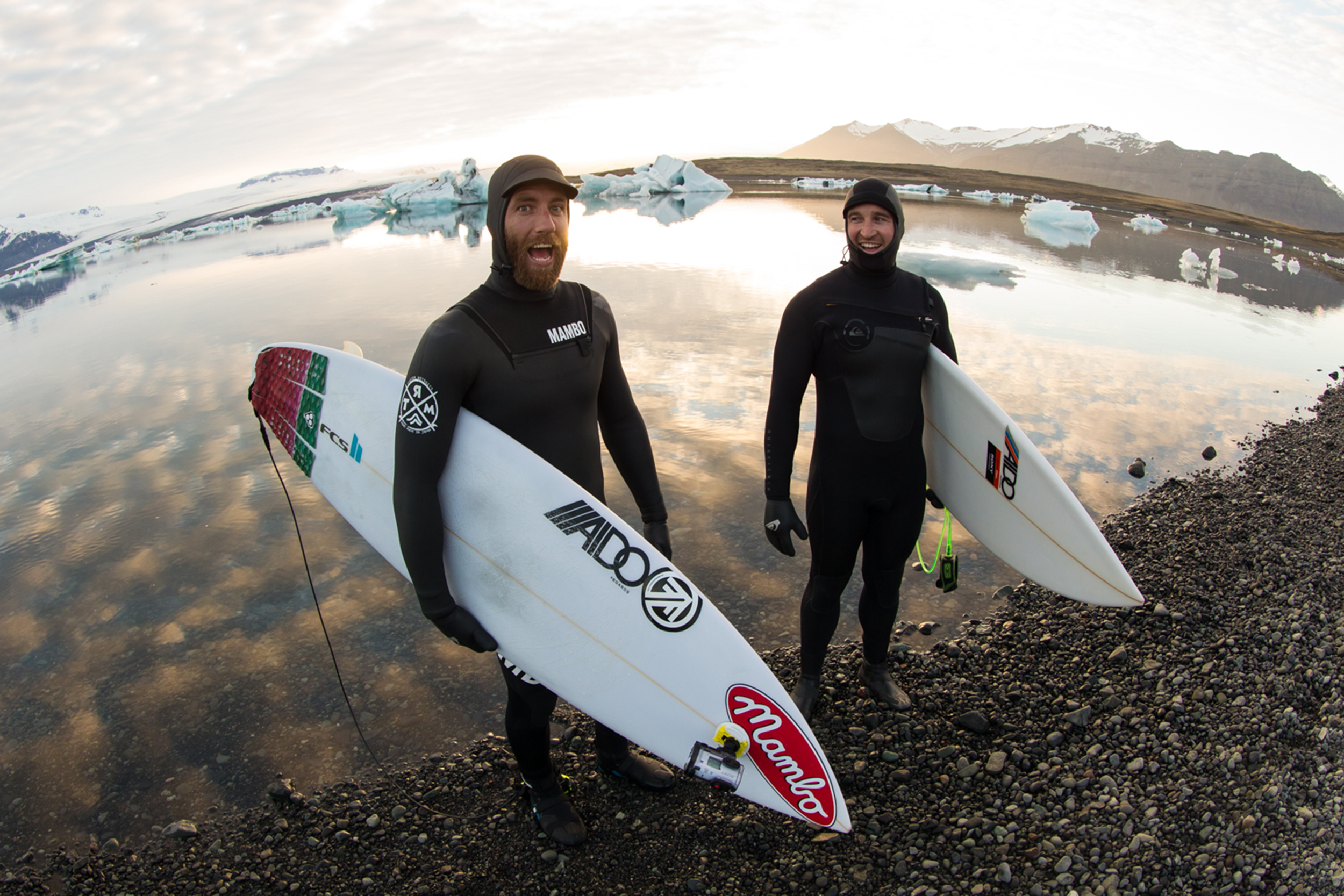
It was the desire to start recording their adventures that got Matt and Blake into photography and filmmaking.
“Yes, the extreme sports came first,” says Matt. “It was through experiencing the feelings of excitement through these sports that we thought it would be awesome to capture these moments to look back on, share with friends and revisit lifelong memories when we are grey and old. Once you get a taste for filming, it’s hard not to get obsessed with it. We started to experiment and study filming techniques – different times of the day with different light, slow motion, time lapses and other techniques. Capturing these moments were one thing, then we started to play around with editing software and started to put clips together with music. Then the obsession became an addiction.”
While they shoot both stills and video, Matt says it’s the moving image that appeals to them most as a way of capturing the essence of what they do.
“We have always been video guys. We’ve always thought that video is like a moving photo; it captures raw emotion, the entirety of the action, and we have always had the vision that one day all these shots will be in a movie that we could make. But still photography definitely has its own special place for us. Capturing a single moment of a huge wave, or snowboarding down a huge mountain can sometimes be more powerful than the video shot. The action happens so fast most of the time that, if you blink, you might miss it.
“We have been fortunate enough to call some amazingly talented photographers our friends. On the trips we’ve had Slovakian photographer Jussi Grznar and Aussie Mark ‘Sticks’ Croker along for the ride. It was inspirational to watch them work and compose their shots which, in turn, taught us a lot about how to better compose our video shots. The old saying is true in their imagery – a picture is worth a thousand words.”

Apart from looking after themselves in difficult situations, there’s also the need to keep the equipment protected, charged and always ready to go.
“One of the most important pieces of equipment for us is the camera bag itself,” notes Matt. “Having access to your cameras at the drop of a hat, when the light pops off, or dolphins are jumping... you want to be able to whip your camera out and start shooting ASAP. It also needs to be supportive, comfortable and rugged!
“And you quickly learn to make the most of any opportunities for charging batteries. When you’re shooting in the middle of nowhere, you don’t have the luxury of a power point, and the last thing you want when the wind swings offshore is to run out of batteries!
“Filming when it was dumping snow was always a challenge, so having a camera hood/cover to protect the body and lens from getting covered in snow is a big benefit.
“You learn valuable lessons as you go along. For example, when we were filming in the tropics, we found out that keeping your camera in an 18°C air-conditioned room and then going to 33°C outside, would cause the body and lens to fog up completely and so we’d be left waiting for the equipment to acclimatize.”
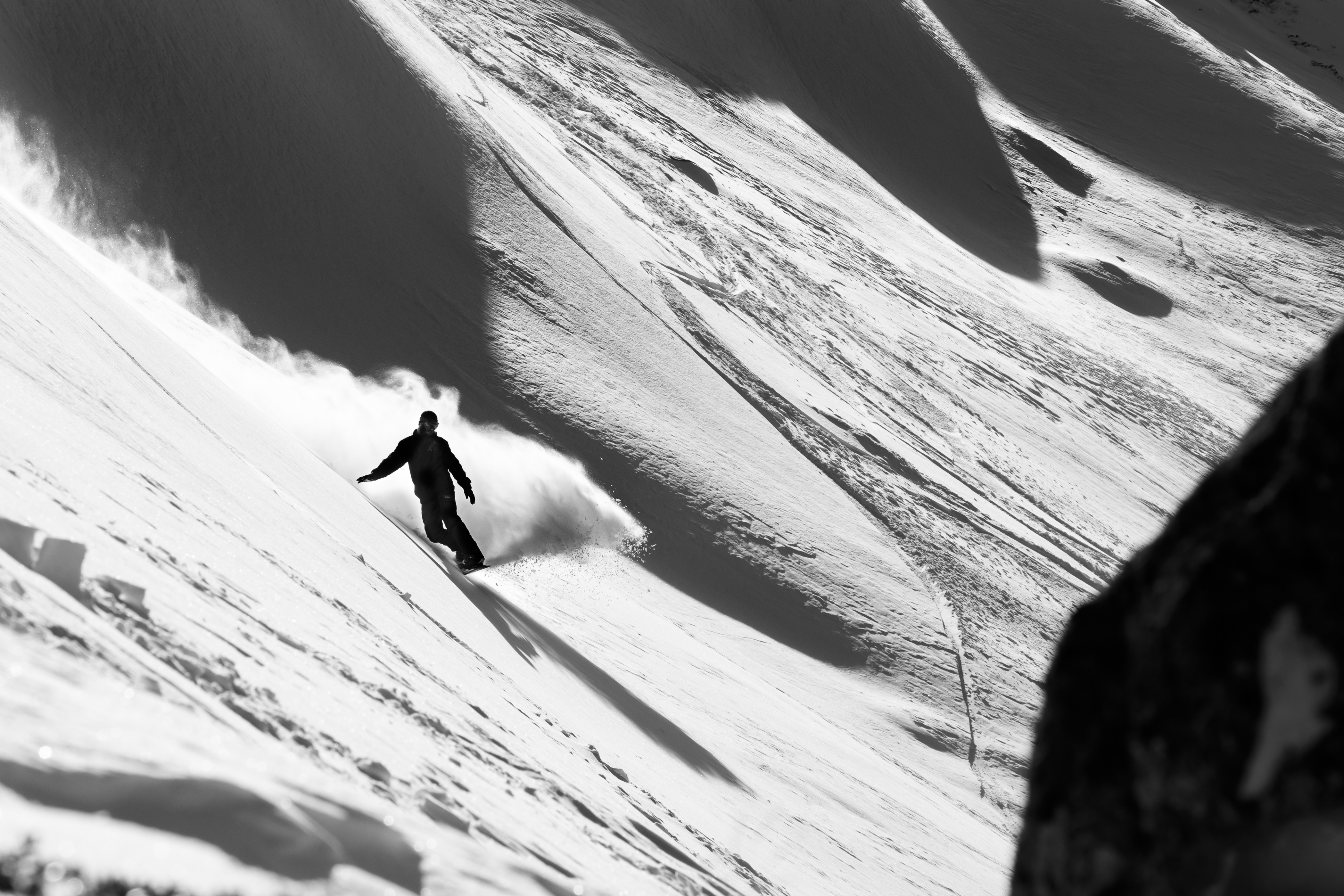
The Right Gear
So is it hard to still be creative when you’re dealing with a lot of technical and/or environmental issues?
“As cliché as it sounds, where there is a will there is a way,” Matt states. “With adventure filming, you get all these things thrown at you at once. Your heart is racing and you’re nervous
for the challenge, but you have to also think about setting the camera up correctly, getting the right angle while still being able to protect your equipment. We’ve been in this situation more times than we can remember. Once when we were in Tahiti filming at Teahupo’o, the waves were huge and the boat was literally on the edge of the impact zone. The waves were exploding onto the reef and the barreling waves would spit so hard that we would have to quickly whip the camera down after shooting the wave so the lens and body wouldn’t get covered in water!”
The development of more compact and better-featured digital cameras has opened up new opportunities for shooting in difficult conditions.
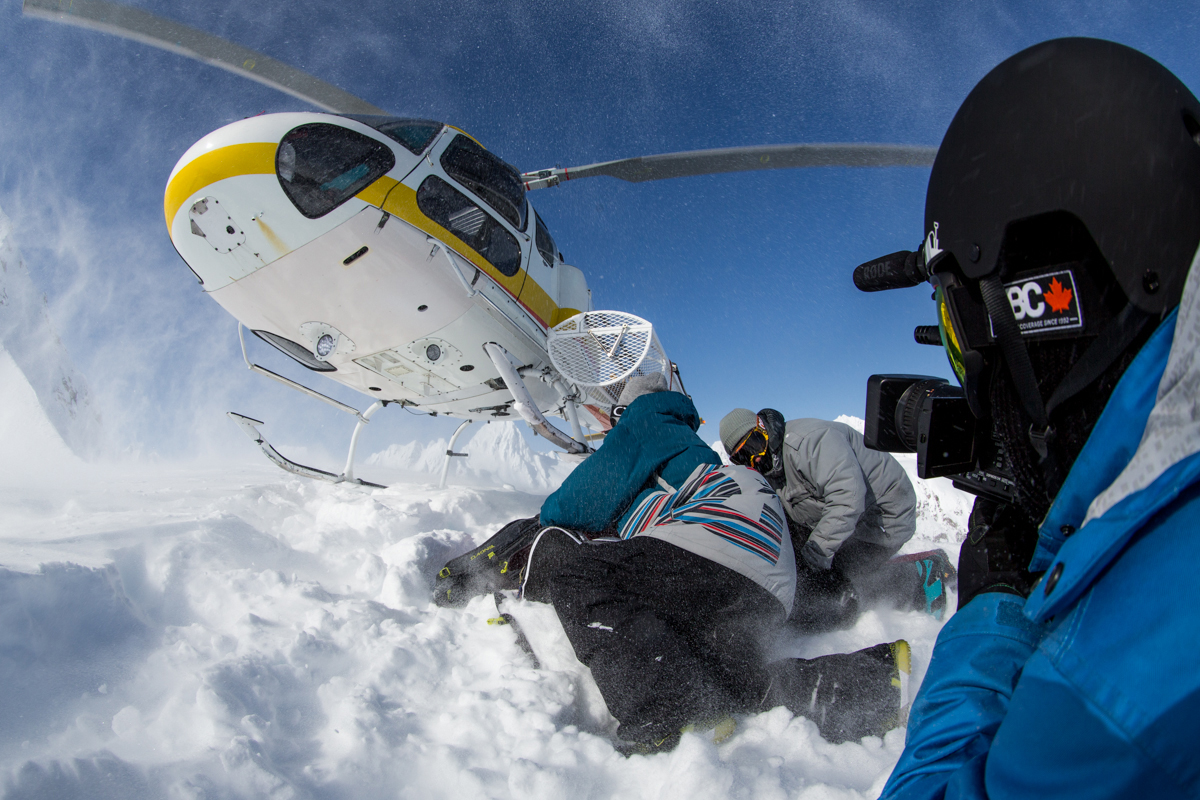
“The evolution of the video-capable DSLR was huge for us. Having a stills camera body that shot better quality video than our actual video camera was insane. The compact nature of the DSLR made it easy to take on an adventure, and that’s carried on with the mirrorless cameras. Also having the ability to flick to the stills mode and shoot some photos after shooting the video was also such a huge benefit.”
Matt and Blake have gained a lot of experience over seven years of shooting Chase That Feeling, so what equipment couldn’t they do without?
“Well, an absolutely essential piece of equipment for us now
is the camera drone. This has revolutionized our filming and adds a major level of cinematic quality that only a few years ago required the hiring of a helicopter and filming with the doors off.
“Then the Glidecam handheld stabilizer was the killer accessory for us during filming. It became such an important piece of equipment that we even found ourselves swimming with the Glidecam held above our heads to get to shore from a boat when we were in Canada, as it wouldn’t fit in the dry bag with the camera gear. The one magical shot we ended up getting with it on that remote beach was worth all the trouble of getting it to shore!”
Be Prepared
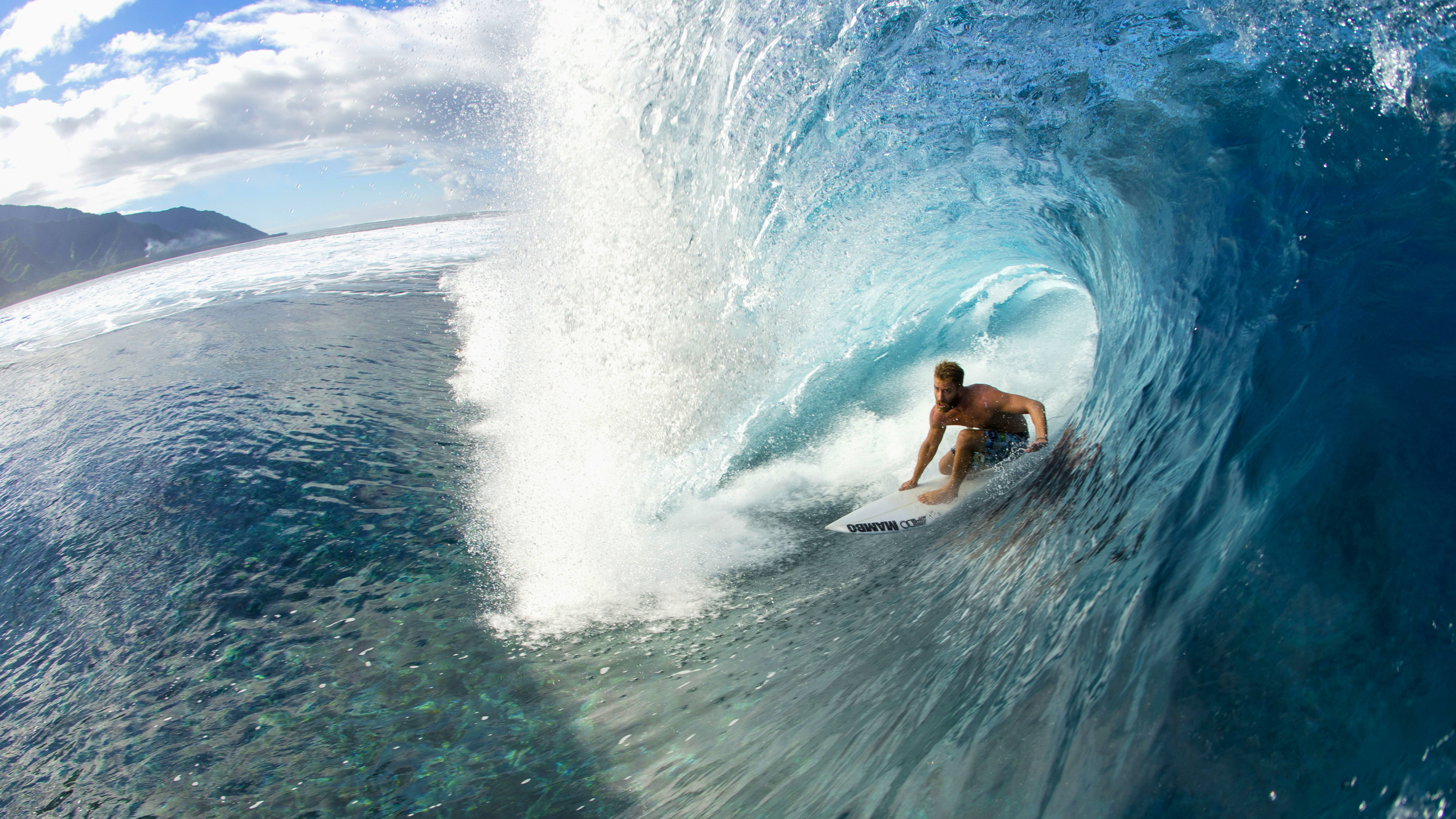
Obviously a high level of physical fitness is essential for undertaking these sorts of activities, but you need to be mentally and psychologically prepared too.
“I think having a love for whatever you are putting your focus into is really important,” says Blake. “A good solid preparation goes a long way too. Being able to visualize the lead up to the session, visualizing being in the session and also visualizing making it home from the session. You have to have a belief and a faith in your ability, and know that you’re meant to be in the very moment.”
Matt and Blake list a number of filmmakers and photographers whose work has been influential.
Once you get a taste for filming, it’s hard not to get obsessed with it. Then the obsession became an addiction.
“Devin Super Tramp is an extreme sports videographer. His glide cam shots were inspiring and the way he cut his edits together made everything look so fun. Chris Burkard is an adventure travel photographer and his desire to explore off the beaten track, going to cold and remote destinations – and the way he shot his images – made us want to go out there and experience those things for ourselves.
Surfer Brian Conley was at the forefront of POV (point-of-view) surf filming. He was the first guy to really nail the surfboard tail-mount POV. He was also was one of the first guys to hand-hold a DSLR in an underwater housing while shooting inside huge barrels. He captured video shots and photos that no one had seen before at
that time.”
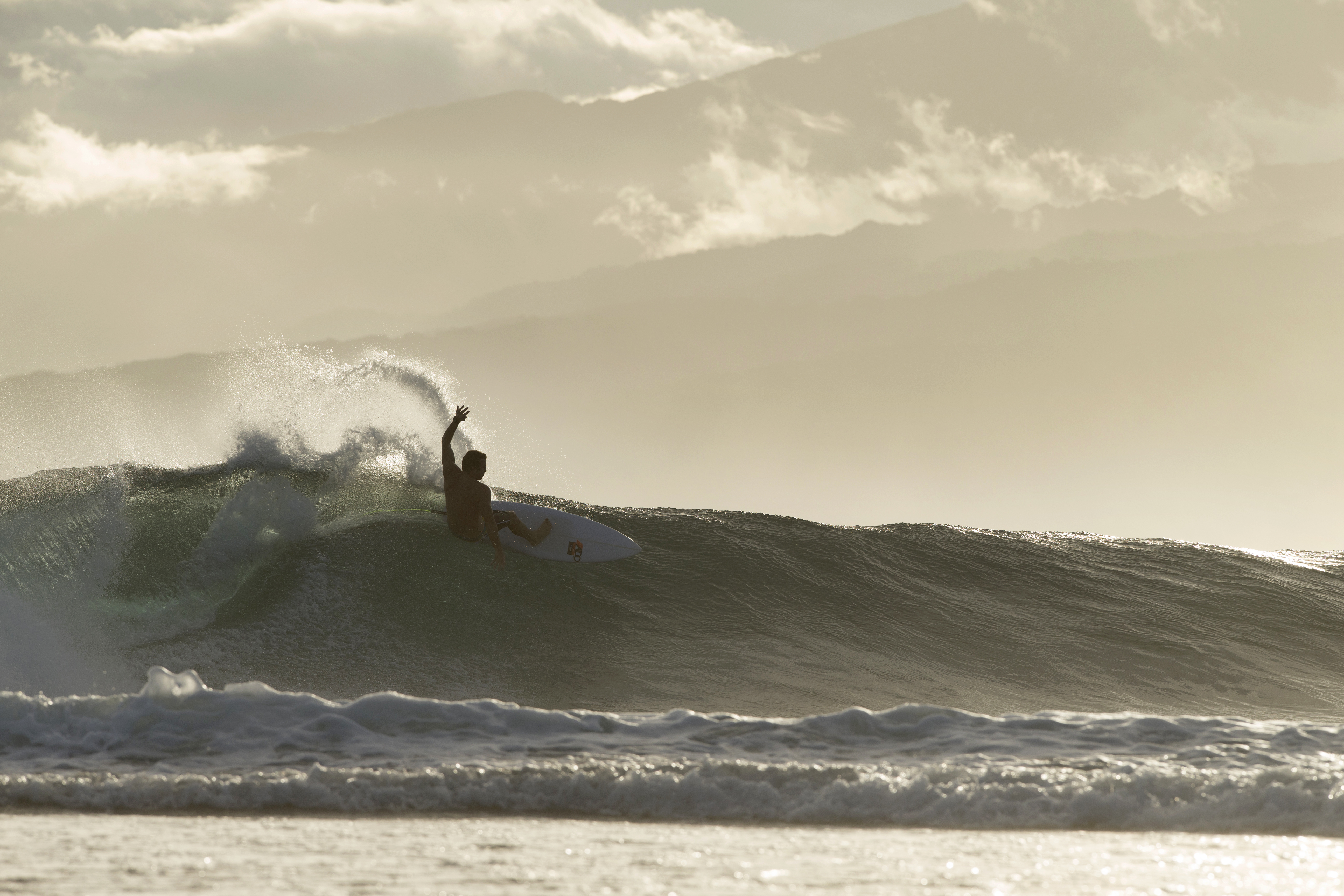
Perhaps unsurprisingly, it’s not hard to motivate this pair to get out of bed each morning, before dawn, if there’s a great shot to be had.
“Early to bed and early to rise is our philosophy,” states Matt. “We are firm believers that the early morning is by far the best part of the day.
On our trip to Iceland, we chose to go in the middle of summer which meant there was 24 hours of daylight. We forfeited a lot of sleep on this one month trip as the ‘golden hour’ lasted from 11.30pm to 3.30am... the sun sets and then, as it dips below the horizon, it starts to rise again. We knew these hours were when we were going to capture the best moments of the trip and found ourselves surfing in freezing cold water until 2.30am on more than one occasion.”
The Editing Challenge
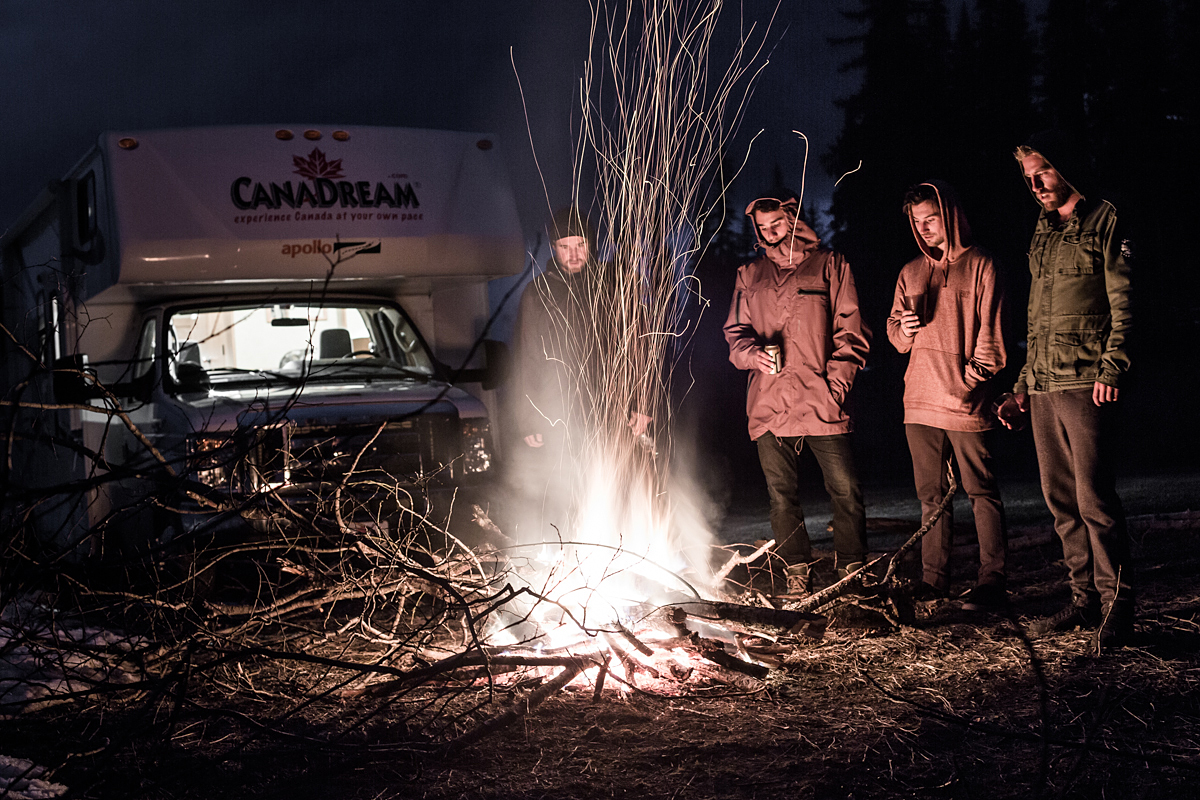
Chase That Feeling has been nine years in the making, but the last two years have mostly been about post-production and editing, which was a mammoth task given how much footage had been filmed over the previous seven years.
“Now that it’s a finished product, we can look back and say that it was one of the most challenging, but rewarding achievements of our lives,” states Matt. “Each trip we shot around 2TB of footage, and we did six trips over that period of seven years. We ended up with over 12TB of original footage... and we made two copies of everything as well as backups. The sheer magnitude of the footage alone was enough to make our eyes water. After each trip we sieved through all the footage, labelling each and every clip. This, in itself, was quite an achievement.
“The next huge challenge was finding someone who would be prepared to take on the mountain of a challenge of editing the movie. We met Colin Clarke in a local snowboard shop, we got chatting and found out he was an experienced director
of photography and editor. Two years later, and thousands of editing hours later, we now have a completed feature film.”
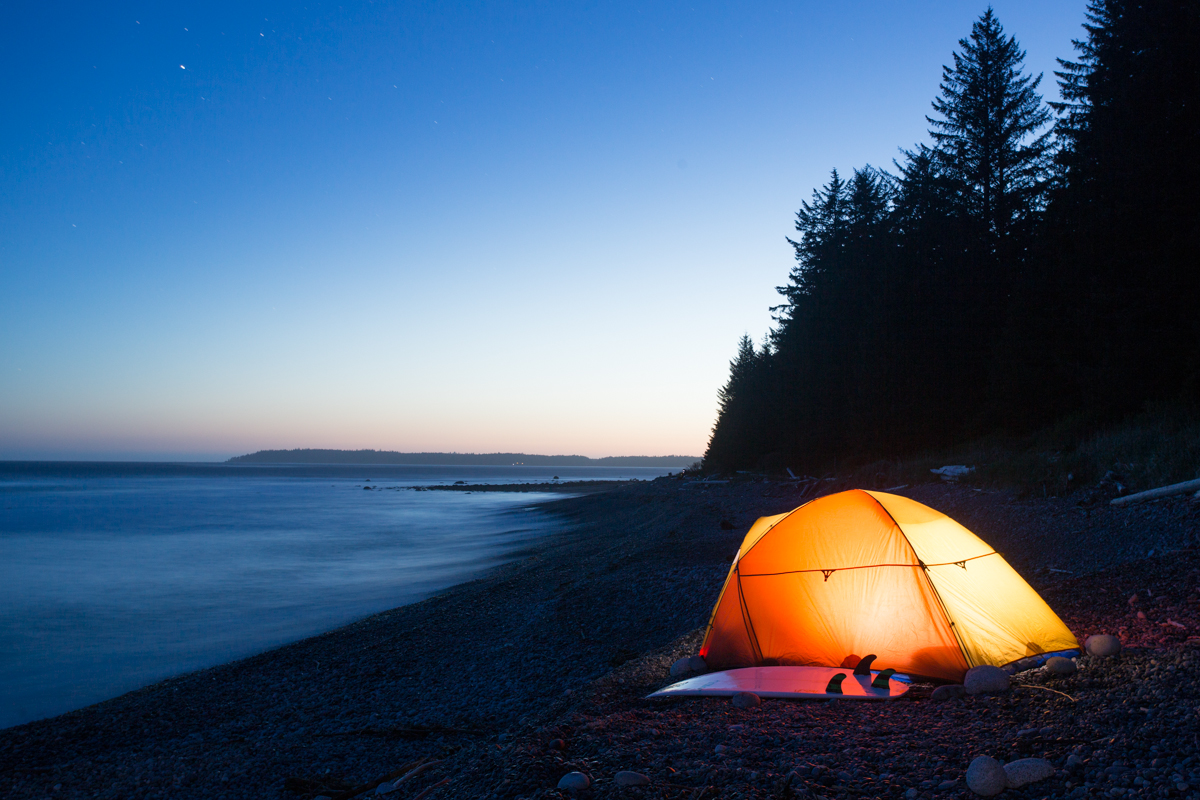
Chase That Feeling is a deeply personal story for Matt and Blake – and there were both triumphs and a tragedy along the way – but it’s also been created to help inspire people to dream up their own adventures and make them happen not just for the experience but as a means of personal fulfillment. And, as travel once again becomes possible, the movie’s compelling message is ‘get out there’ while you can.
The pair offer some additional advice for would-be adventure photographers or filmmakers.
“If you have a dream or goal, write it down and start to make a plan
to achieve it. Life is short and time seems to pass you by if you don’t actively try and make the most out of every minute of your day. Follow your dreams. At the end of the day, whatever you set out to do, make sure you are having fun the whole time, because that’s what it is really all about.
“There will be a lot of obstacles, failed shots, crashed drones, lost action cameras, leaking housings and other disasters, but this is all part of the journey to capture those perfect shots.”
The world premiere of the movie was held on 19 February 2022 at the Randwick Ritz Cinema in Sydney. For more information about see the Chase That Feeling website. .
Read more
Best helmet cameras
Best cameras for filmmaking
Best camcorders
Best video-editing laptops
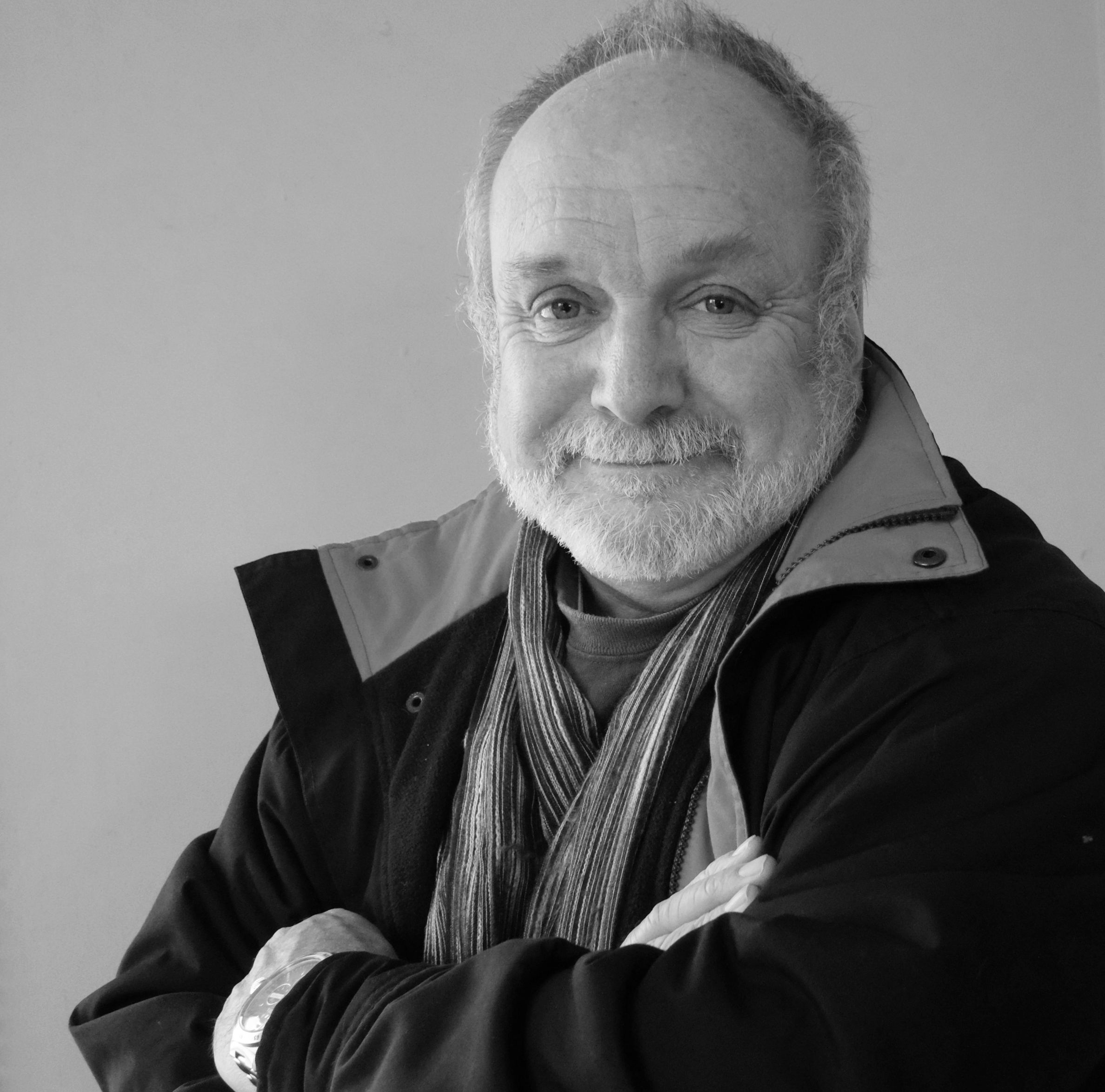
Paul has been writing about cameras, photography and photographers for 40 years. He joined Australian Camera as an editorial assistant in 1982, subsequently becoming the magazine’s technical editor, and has been editor since 1998. He is also the editor of sister publication ProPhoto, a position he has held since 1989. In 2011, Paul was made an Honorary Fellow of the Institute Of Australian Photography (AIPP) in recognition of his long-term contribution to the Australian photo industry. Outside of his magazine work, he is the editor of the Contemporary Photographers: Australia series of monographs which document the lives of Australia’s most important photographers.
